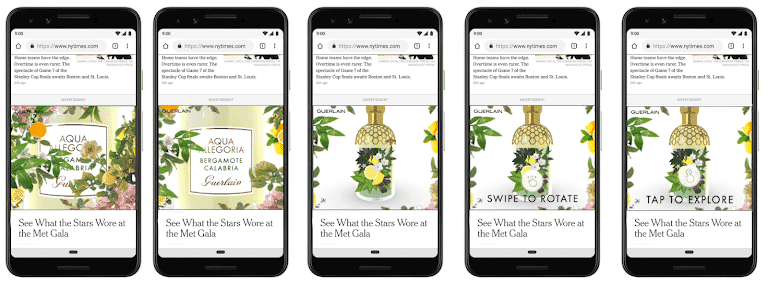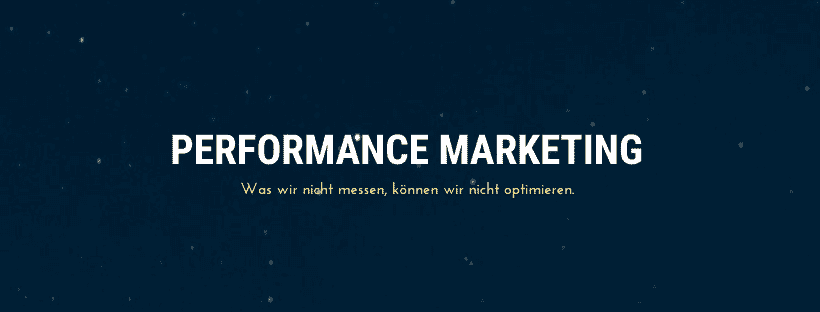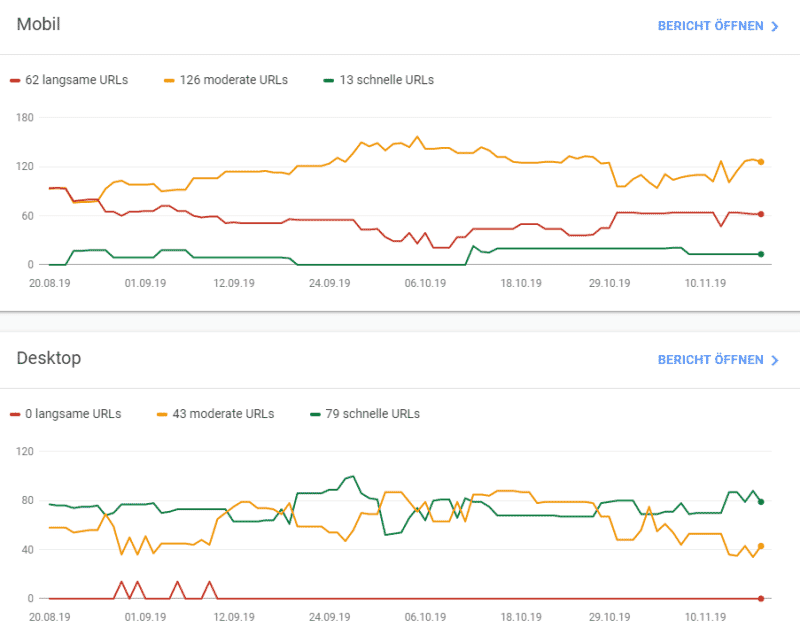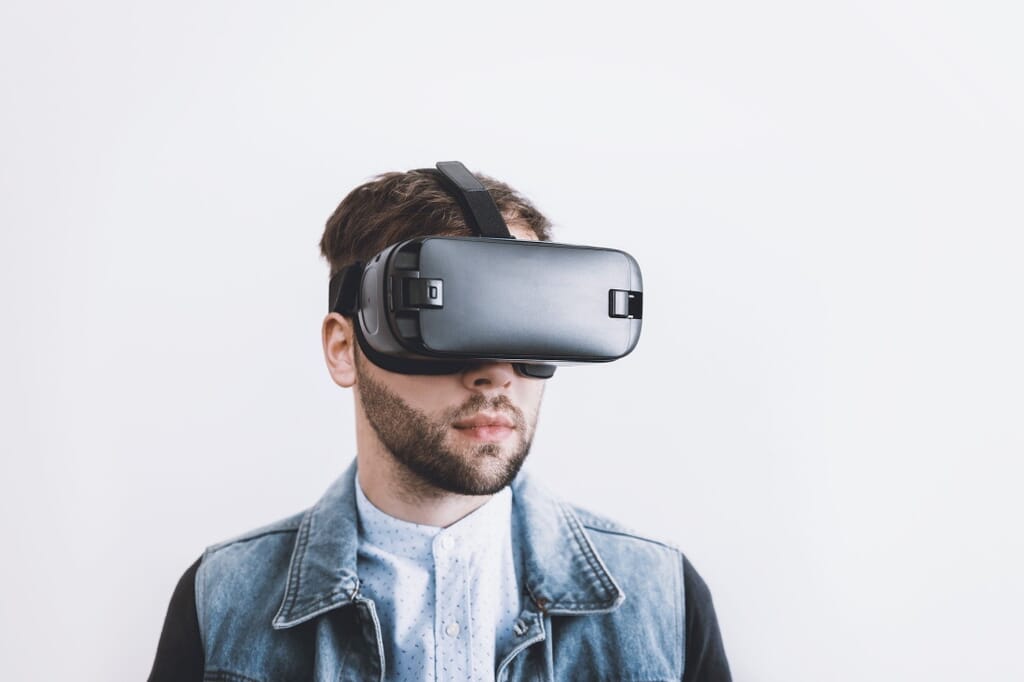
The topic of virtual reality is currently in vogue in marketing and opens up numerous opportunities for companies to revolutionize their marketing communications. But what impact effects result from the use of this new technology and how can it be used meaningfully in marketing?
Virtual reality is evolving every day and impacting consumers’ lives. YouTube, for example, is now the largest VR and 360-degree video platform in the world. The promise of virtual reality is to let the user participateas closely as possible in the real thing. Even if he is at home on the sofa, in the office or in another country, concerts, sporting events or unique places around the world can be experienced. Companies should therefore integrate VR technologies into their brand communication and be aware of their advantages, because the growing diversity of brands and products means that it is becoming increasingly important to stand out from the competition and attract the attention of consumers. So they are looking for concepts and ideas that will always stay better in the minds of their customers. To explain how immersive marketing can accomplish this task, let’s first take a look at the human process of perceiving and processing information.
The Human Perception

Human perception can be described as a bio-psycho-social process in which humans receive information from their environment (external perception) as well as from their mental world (internal perception) and form their individual reality from this information. External perception is influenced by the fact that stimuli are transmitted to the corresponding center in the brain via the receptors of a sensory organ and processed there. However, this subconscious process can be interrupted by activation, thereby triggering an excitation process that makes the organism powerful. This allows people to focus on specific stimuli from the environment, which is understood as attention. The associated stimulus selection is necessary to protect the brain from overload in the existing stimulus overload and increases the chance that information will be consciously perceived and stored in memory.
Accordingly, a central task of communication is to attract the attention of consumers so that the message is consciously received and processed. This is where immersive marketing comes into play. For this, however, I would first like to explain the basic term “virtual reality”.
What is Virtual Reality?
Before we take a closer look at immersive marketing, the term virtual reality should be clarified. In the Duden, the word virtual, is explained as something that is “not real” or “apparent”.
In simplified terms, the word reality, which is a synonym for “reality”, describes the (physically) real world into which a human being is born and which is perceived by him through his sensory impressions. Accordingly, it could be assumed that if Reality refers to the perception of the real world, the compound term Virtual Reality describes the perception of a virtual world that is not real, but is present in its functionality or effect and can therefore be experienced.
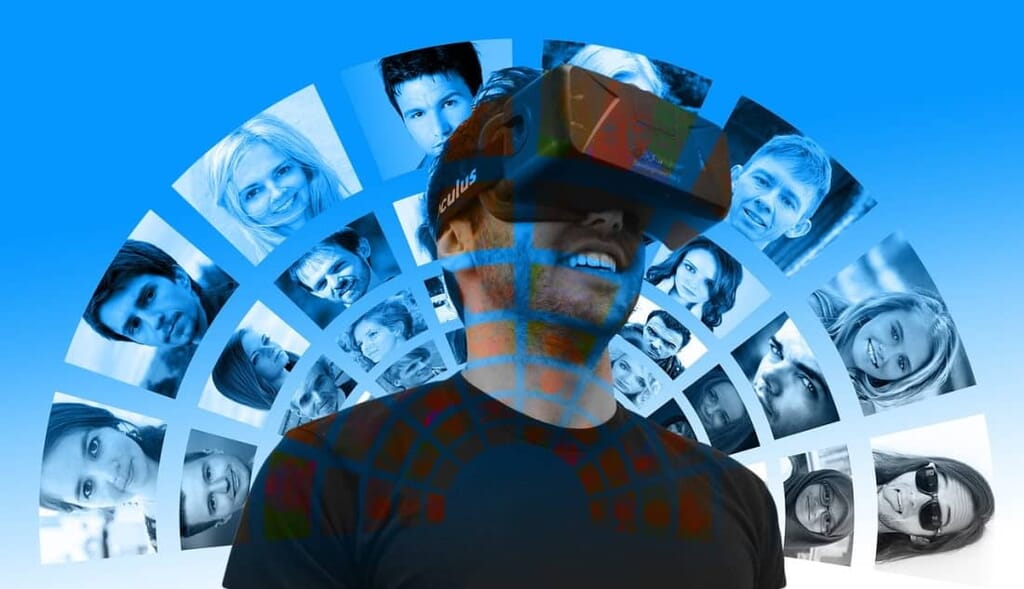
Due to the natural interaction possibilities, virtual reality is also referred to as a human-machine interface, which enables a particularly natural or intuitive interaction with the three-dimensional simulated environment compared to traditional user interfaces.
How does VR affect people?
What is special about VR is the so-called immersion. So the immersion in another world. This immersion is now key to the new marketing communications.
“Immersion” already sounds like emotion. Just imagine that you suddenly find yourself on a lonely beach in the South Seas or as an astronaut in a space capsule. This already creates strong associations when reading, which are of high importance in marketing.
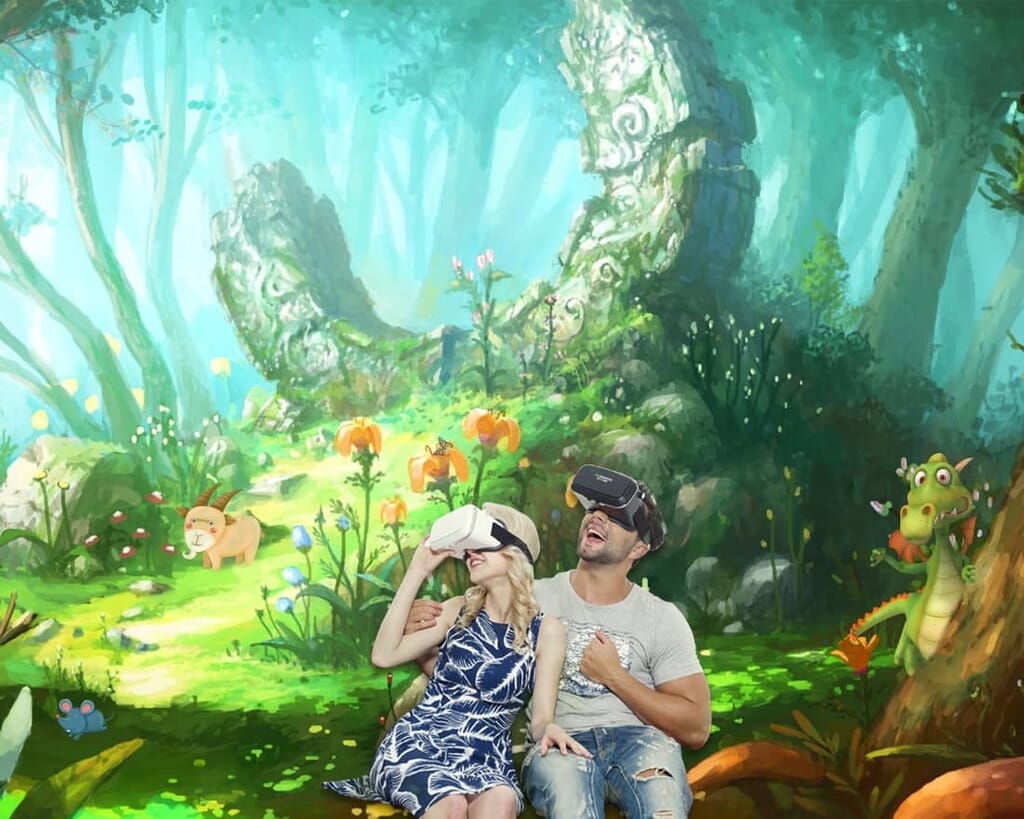
With the help of VR technology, for example, a company’s brand can be brought to life and the opportunity for interaction is offered. Due to the special property of compartmentalization in virtual reality, the person feels a greater closeness to the product via the emotional level. A good example of this can be found in the food industry. For example, Oreo has used virtual reality for brand communications by virtually transporting customers to an Oreo planet.
We can let prospects or customers experience something they might not otherwise. It’s hard to describe if you’ve never worn VR glasses before, because it just feels different than watching a movie or even reading a text. With VR, you’re right in the middle of the action and can look around the environment.
As a result, a VR experience is much better remembered than one in which users merely watch a movie. The medium disappears for the user after a short time, but the experience feels real, not virtual.
So what is the case for immersive marketing?
Currently, the topic is still new and the willingness of users to simply try something out is high. So even simple VR clips that would get lost in the crowd on YouTube are currently still getting a lot of attention – precisely because there is not yet that much content for VR.
What’s more, anyone wearing VR goggles will only see and hear what the content producer has intended. So you can control exactly what brand experience a customer or prospect hasand distract from other messages. Increased attention is caused by the shielding of reality behind VR goggles. Since the consumer can no longer perceive any other stimuli, his attention is completely focused on the communication medium. This attention ensures that a message can have a complete effect.
Using VR technology is a great way to showcase the company. To increase engagement and brand awareness, virtual reality allows potential customers to experience “reality” with real images, sound effects and more. Because potential buyers don’t just want to see a product before they buy it, they want to experience it.
Virtual Reality is excitingand helps engage and excite customers like never before, resulting in the company, brand, product or service getting full attention. Thus, VR helps companies stand out from the competition.
In addition to selling products, VR technology could also be used for training and education, providing a hands-on experience through simulations.
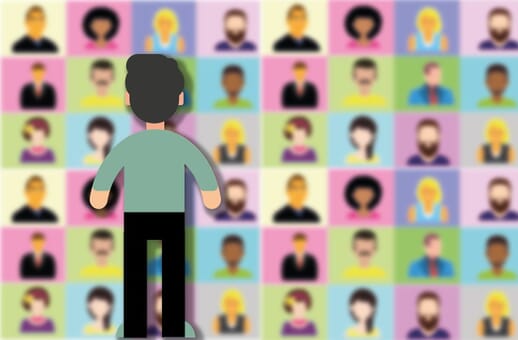
It is particularly important to emphasize that companies can create entire content worldsinstead of individual pieces of content, whereby individual brand messages are likely to be perceived much more intensively than with display content, for example. Fashion brands such as Dioror HugoBoss are already using this new tool for themselves. For example, they enable their customers to virtually take a front-row seat at a fashion show, making the brand experience even more exclusive.
VR also offers new opportunities for advertisements. They have always existed, but virtual reality has given companies a new area and a chance to increase the effectiveness of their advertising, because the click-through rate for virtual reality ads is significantly higher than for traditional marketing channels. HTCrecognized this opportunity and launched a virtual reality advertising program back in April 2017.
It’s also important to note that like any other digital marketing trend, virtual reality is not suitable for every business or brand. So ask yourself the following questions: Does VR actually make the product experience better? And will my customers be willing to engage with the virtual experience of my company or brand?
Keep it small and simple…
The best campaigns win people over with simple, compelling and engaging experiences that are easily accessible and fun on multiple platforms. Virtual reality has the potential to take audiences into another world and have them interact with a brand or idea in a whole new way. But like any emerging technology, it presents challenges. Marketers using VR should develop experiencesthat are welcoming to both VR professionals and those who may be new to the technology. By putting the user experiencefirst, marketers can overcome the hurdles of any new technology to grow and engage their audience.
Successful communication impact
Virtual reality thrives on user movement and interaction, which is why it’s first important to get people out of their comfort zone. For a successful communication effect, it is therefore important to wake the consumer up from his passivity and to stimulate him in such a way that he actually absorbs the information presented, which can be achieved through increased involvement. Involvement is understood as the inner involvementor commitmentwith which a consumer turns to certain tasks, objects, activities or subject matter, in this case the means of communication.
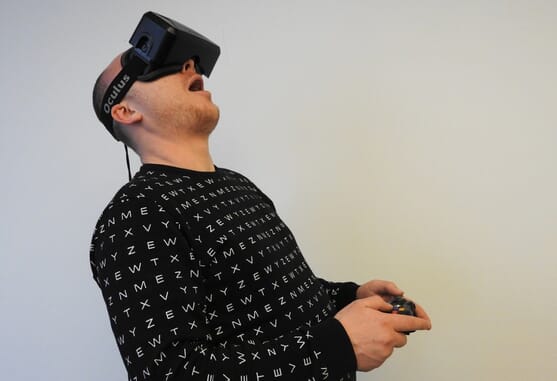
Furthermore, due to their ability to interact, immersive marketing solutions are suitable for waking up consumers from their passivity and involving them more in communication. In this way, the means of communication can not only be viewed, but also touched, explored and co-designed.
Current status
$2 billion was spent by Facebook three years ago to buy VR goggles maker Oculus Rift. What exactly Marc Zuckerberg’s company is up to with this is slowly becoming clearer – they see the potential to join your friends in shared virtual spaces via VR without having to be in the same place.
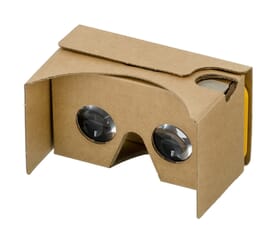
There are already simple cardboard holders for a few euros that turn your own smartphone into VR glasses. However, the resolution is low. First of all, this does not seem particularly impressive because you need ultra-fast reactions from the device for a real VR experience: If I turn my head a bit, the display has to be adjusted to the right degree immediately, and that is basically only possible with specialized hardware. Besides the aforementioned Oculus Rift, there are several other manufacturers, including HTC and Sony. You have to dig a bit deeper into your pocket for these devices. The cheapest solution of the high-end devices is currently Sony’s – together with the necessary PlayStation, the VR glasses cost around 400 Euros.
And yet VR is still not particularly widespread. The price is sure to fall further in the coming months and years, so many companies are speculating on a huge market. Analysts at Piper Jaffray forecast 500 million VR headsets sold by 2025. Colleagues at Dici-Capital estimate $30 billion in revenue for tech and games. Goldman Sachs Group even sees a market of $80 billion by 2025. The opportunities are obvious, especially in the media, automotive and tourism sectors – in other words, in industries where the event or the immediate experience is the main focus.
But many companies are also investing in VR. Of course, the manufacturers of technology, but also some companies that use VR for their marketing. One example is car manufacturers BMW, Mercedes and Audi, which take users on virtual test drives. Audi has already been using this option since August 2017, where customers can configure their individual dream cars through the “Audi VR Experience”. The customer experiences his future car in diverse environments, at different times of day and under different lighting conditions.
But also companies like Coca-Cola, which took children on a virtual sleigh ride with Santa.

Fact is…
Virtual reality thrives on regular use with a brand. The advertising world or the content marketing environment, for example, should offer enough ideas and topics to be able to create exciting experiences. And to make the user want more every time he dives into virtual reality. Accordingly, it is worth taking a close look at the advantages and disadvantages of this technology before deciding to integrate VR for one’s brand.

